|
The clever Moorhen ditch a cold and unhospitable Oslo in benefit of an overwhelmingly pleasant and moist Bergen during winter. No wonder! The adult bird below was photographed at lake Tveitevann in Bergen today. It was ringed as a first calendar year bird at the same site in December 2010, and has returned every winter since. In 2013 and 2014 it was recorded as a breeding bird in Oslo during summer. Spending time in Oslo and thereabouts during winter is a risky buisness, especially for Moorhens. Bergen and western Norway is an excellent alternative. An east-west migratory pattern during autumnn is obvious in semi-aquatic, or half-terrestrial species like Moorhens and Water Rails. Color ringing provides new knowledge to the understanding of bird behaviour and migration. If you spot a color-ringed bird, please report it to: ringmerking.no/cr An at first glance normal looking Hooded Crow might also reveal exciting history. The bird below show several subtle features indicating Carrion Crow involvement. Note scapular shafts being black, and the spread of dark bursting from them. The neck is not as clear cut grey-black as in pure hoodies. Such hooded-like hybrids are probably back-crossed (hoodies breeding with hybrids and from there...). Other more clear-cut hybrids have more influence from Carrion Crows. At present there are at least two different hybrids in Bergen (the other bird), and breedings with hybrid outcome was recorded a few years back (a Hooded adult was photographed feeding an apparent hybrid youngster).
These two Ruddy Turnstones Arenaria interpres were part of a flock of 15 birds. A scarce species in Hordaland county, and this was only the second record in 2015. Last weekend we carried out our annual seabird-count. The surveyed area is on the outer coastline outside Bergen, western Norway, and is part of the national Seapop program. It was a great day to count seabirds, but most species were in slightly lower numbers than normal. Most out of line were Black Guillemots, being totally absent. Is it a real decline or just local movements of wintering birds? Not sure, but the annual counts will reveal long term trends for sure. First-winter Glaucous Gull Larus hyperboreus - the second in the county this winter. Despite pretty few seabirds in general, we had many great encounters with several species. Most noteworthy were a first-winter Glaucous Gull, my first Little Auk of the year, an immature Golden Eagle, a handful White-tailed Eagles, and good numbers of both Purple Sandpipers and Ruddy Turnstones. Grey Heron Ardea cinerea is a common species in sheltered bays and straits in our survey area. This is an immature bird. As last year we managed to read a flag-marked Purple Sandpiper. The bird was ringed near Longyearbyen at Spitsbergen early September 2012 (recently fledged), 2004 kilometers north of the resighting site. Map |
StorymapsBlog archive
May 2024
|

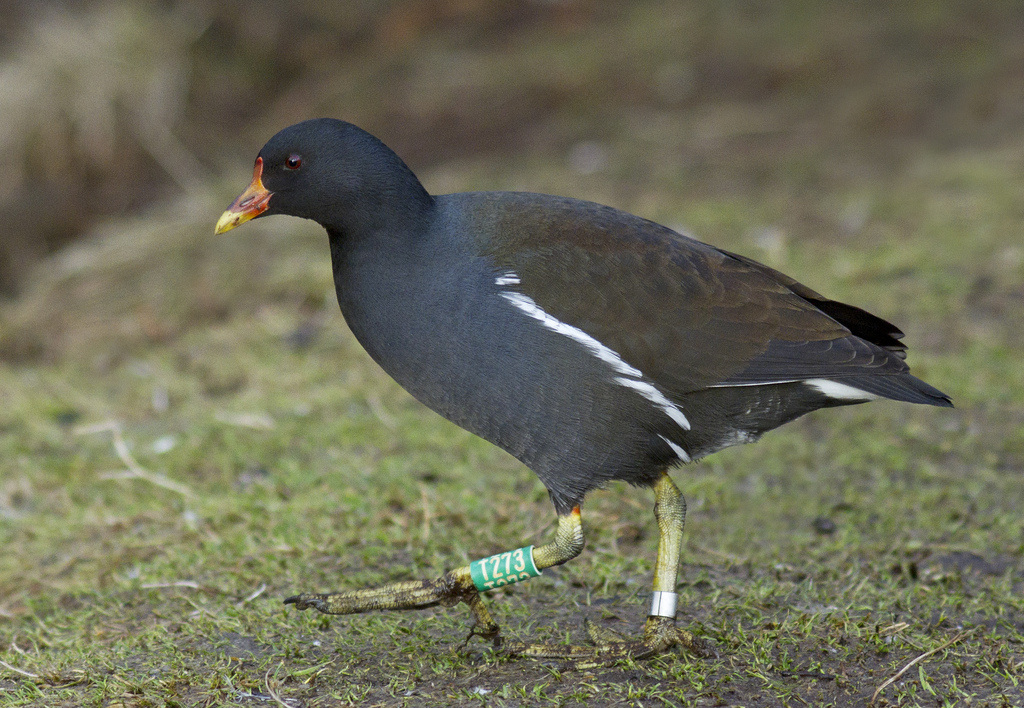
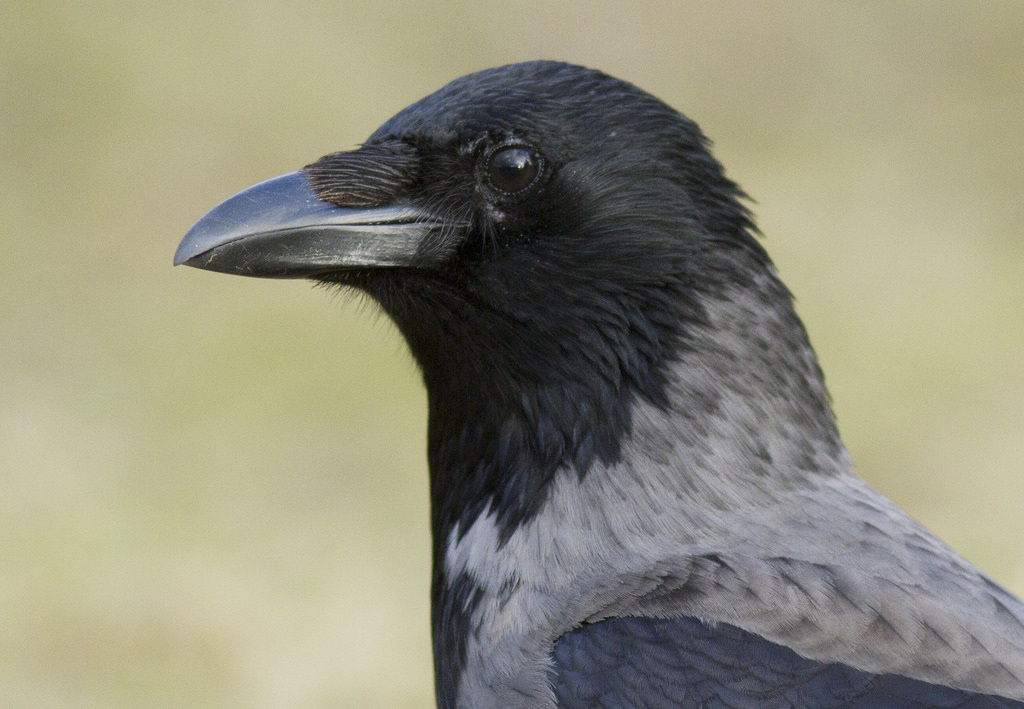
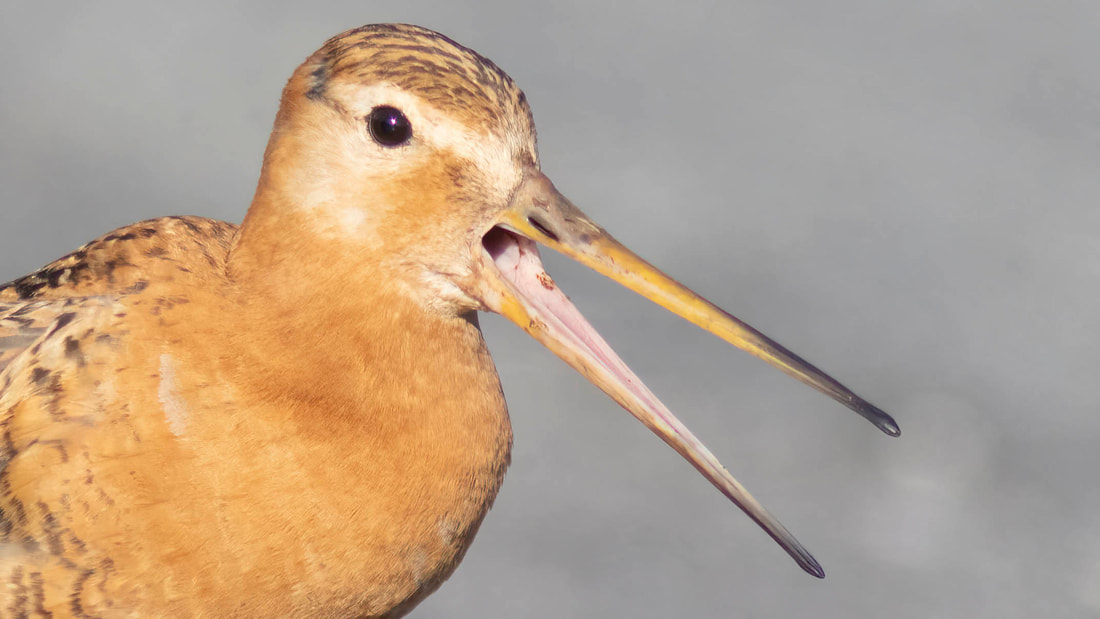
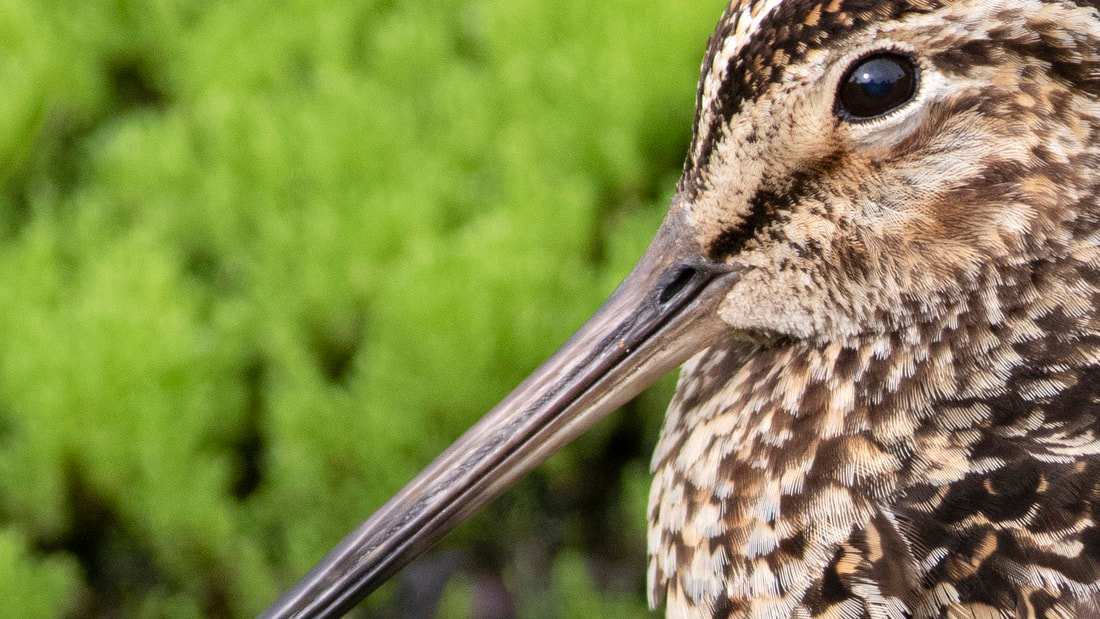
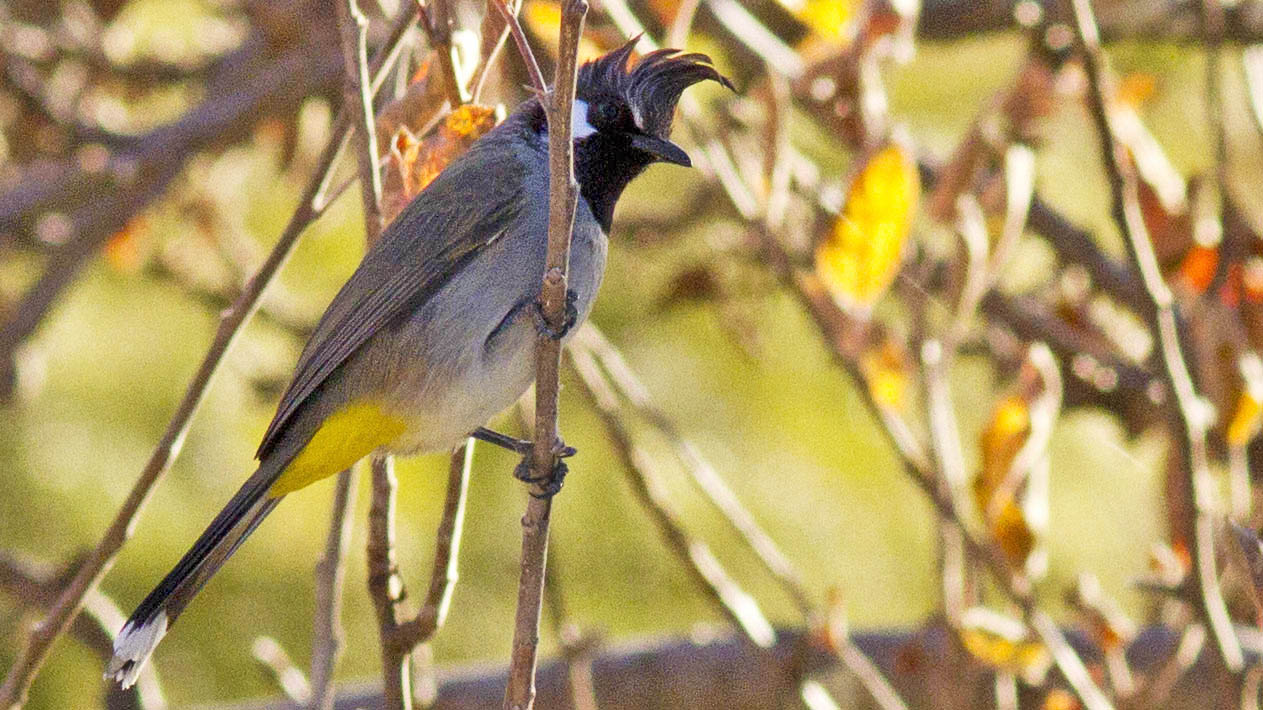
 RSS Feed
RSS Feed
